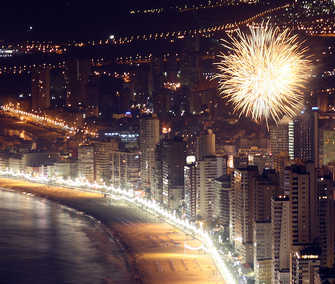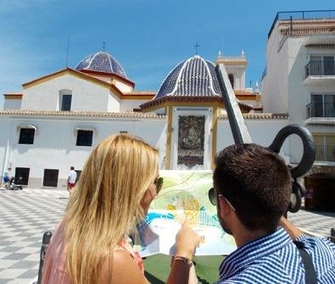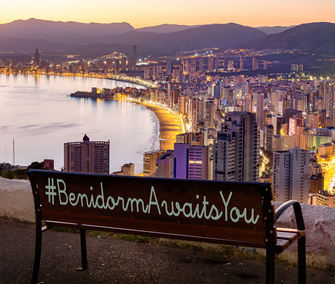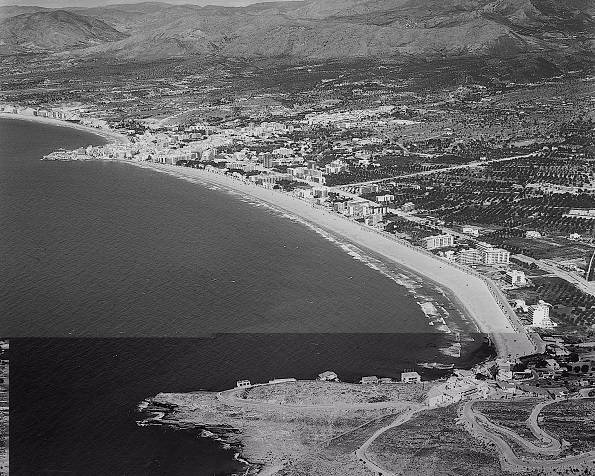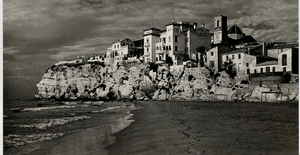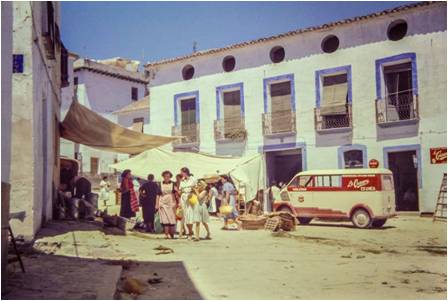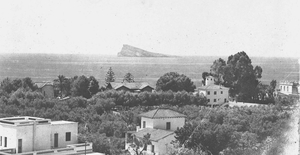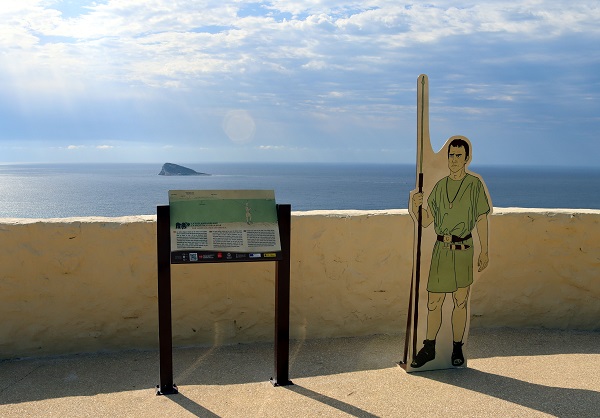

History of Tourism in Benidorm
In 1993 the Benidorm town hall officially commemorated the first hundred years of tourism in the town. With the objective of putting a date to this landmark date, the authorities based it tracing back to a former tourist tradition: the old advert from the "Baños de la Virgen del Sufragio" (Virgin of Suffrage baths) published in 1893, showing the effectiveness of advertising which included one of the first "transfers" of its history, carried, from Alicante, on arrival of the "jug train" that brought the first tourists from Madrid and Alcoy.



















